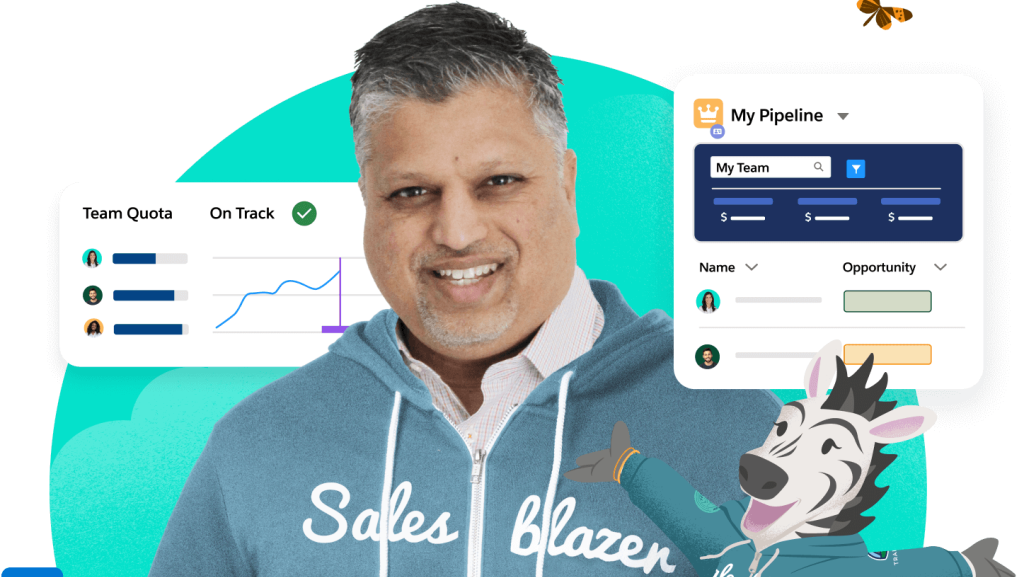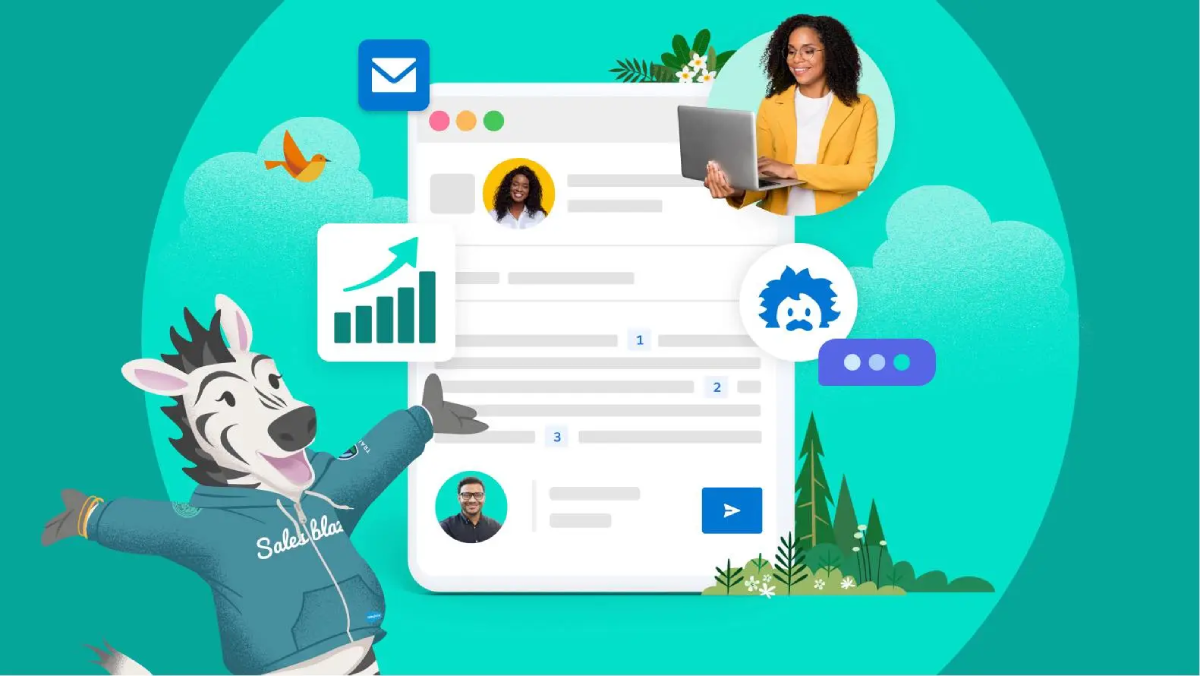
Customer Snapshot
Automation keeps Spotify's ad business growing year over year.
Learn how the streaming giant boosted advertising sales and improved productivity.
Spotify Advertising boosted B2B ad sales conversions with automation and personalised web content, leading to higher quality ads for millions of listeners.
What you need to know
Spotify is known for matching people to the content they love, whether music, podcasts, or even ads. Behind the scenes, manual sales tasks and a disjointed view of advertisers made it difficult to sell efficiently and grow revenue. With a single source of advertiser data, automated seller activity capture, and real-time collaboration, Spotify Advertising increased sales team productivity by 40% by cutting down on meetings and email traffic.
Why it matters
The perfect song can set the mood, but the wrong ad can kill it. Yet, when personalisation helps millions of listeners discover both new artists and brands, it can amplify customer relationships. With a 360-degree view of its advertising business, Spotify can see how much ad inventory it has left on certain products and who's buying it to serve up the right ads to the right customers at the right time.
Dan Walsh
What the difference looks like
Before Salesforce, Spotify Advertising had highly manual and inefficient processes that impacted its ability to be as customer-centric as possible. Here's how Spotify Advertising is improving those processes to deliver the optimal experience for customers:
- It previously took months for Spotify Advertising to gather and act on campaign data. Now, Salesforce acts as a single source of truth for Spotify’s ad inventory. Executives and ad reps have full visibility of the sales pipeline with dashboards and AI-powered insights from Sales Cloud Einstein.
- Opportunity Scoring helps reps sell fast with AI by prioritising leads based on those most likely to close.
- In less than seven days, data flows into Spotify’s marketing environment for follow-up. Spotify Advertising has also increased the number of marketing campaigns it runs each year fivefold simply by automating customer journeys like registration.
- Spotify Advertising uses a third party tool to track website visits. With Personalisation, visitors see customised buttons and banners based on their previous activity, leading to a 53% increase in click-through rates. A prospect’s level of engagement then determines whether they speak to a sales rep or see self-service options.
- Spotify teams, external partners, and vendors connect and communicate in one place with Slack. This has helped reduce meetings and emails, increasing productivity by 40%.
- Automated workflows in Slack have also simplified the campaign lifecycle for sales. Now, Slack keeps reps informed on account progress all the way from RFP to payment.
- Automated workflows in Slack have also simplified the campaign lifecycle for sales. Now, Slack keeps reps informed on account progress all the way from RFP to payment.
- With CRM Analytics, Spotify knows which customers are in danger of leaving or decreasing spend. Dashboards help teams monitor and understand account health, revenue performance, and product adoption, among other fields. This way, sales can follow up with customers who need additional help or attention.
40%
increase in sales
productivity
95%
faster client data query
for campaigns
19%
YoY advertising
revenue growth
Share Story
Products Used
More Resources

Article
8 Sales Productivity Pitfalls (and Steps to Avoid Them)

Solution
Sales Team Productivity

Report
State of the Connected Customer



